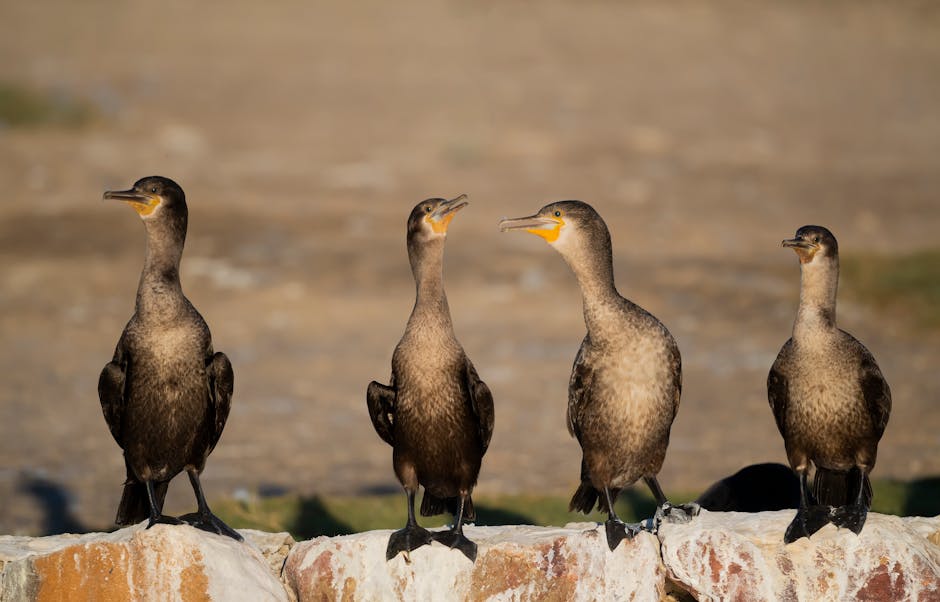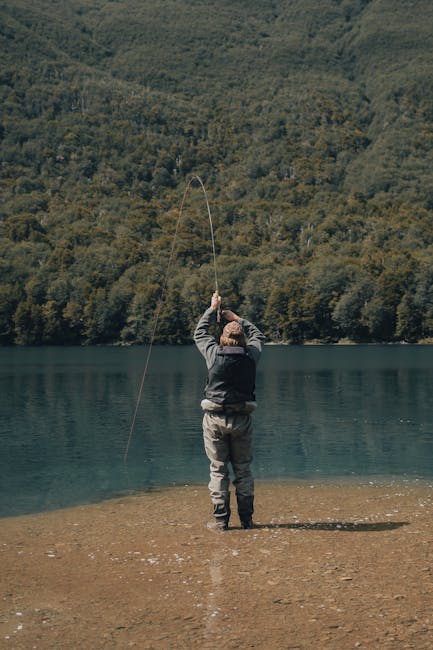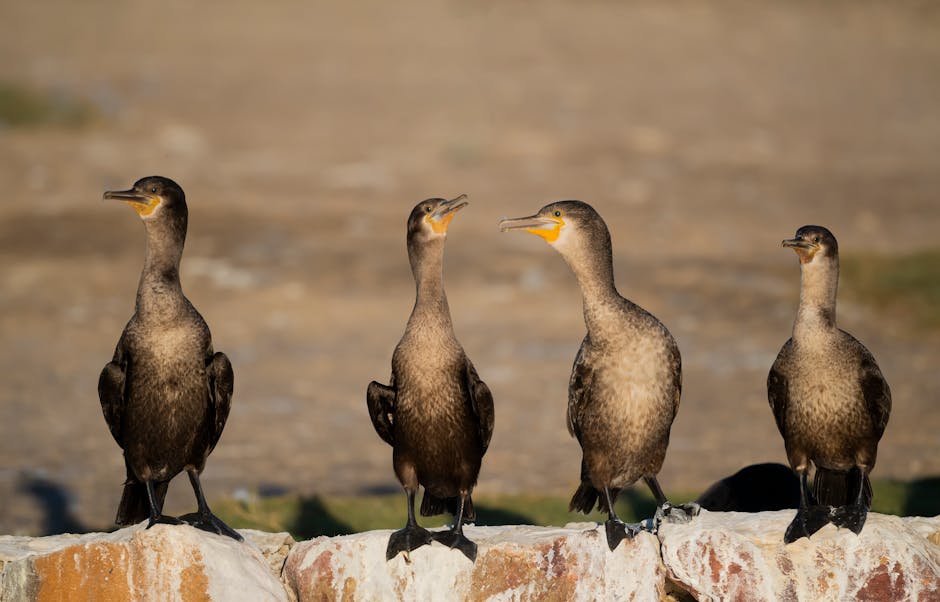Meet the Cast of The Wild Robot: Characters, Voices, and Their Impact
The Wild Robot, a captivating children’s novel by Peter Brown, has charmed readers worldwide with its heartwarming story of Roz, a robot stranded on a remote island. While the book’s success is largely attributed to Brown’s compelling narrative and beautiful illustrations, the cast of characters—both robotic and animal—plays a crucial role in bringing the story to life. This article delves deep into the cast, exploring their individual personalities, relationships, and the significant impact they have on the overall narrative arc.
Roz: The Heart of the Wild Robot
Roz, the protagonist, is a sophisticated, advanced robot unexpectedly deposited on a remote island. Initially programmed for specific tasks, she must learn to adapt and survive in a completely unfamiliar environment. Her journey is one of self-discovery, learning about the natural world, and forging unexpected bonds. Roz’s unwavering determination and capacity for growth make her a relatable and inspiring character, resonating deeply with young readers. Her programming, though initially limiting, evolves through experience, showcasing her ability to adapt and overcome. This internal conflict drives much of the narrative, creating a strong connection with the audience.

Roz’s Evolution Throughout the Story
Roz’s transformation isn’t simply about physical survival; it’s a profound emotional and intellectual journey. Her initial clumsiness and reliance on programmed instructions give way to resourcefulness, empathy, and a deep understanding of the island’s ecosystem. She learns to hunt, build shelter, and even communicate, not through advanced technology but through observation and trial and error, demonstrating a remarkable capacity for self-learning.
- Initial Programming Limitations: Initially constrained by her rigid programming, Roz struggles to adapt to the unpredictable nature of the island.
- Learning Through Observation: She meticulously observes the animal inhabitants, mimicking their behaviors and adapting her skills based on her observations.
- Development of Empathy: Her interactions with the island’s creatures, particularly the animals she befriends, leads to the development of empathy and emotional intelligence.
- Overcoming Challenges: Facing numerous challenges, from harsh weather conditions to predators, Roz displays incredible resilience and problem-solving abilities.
The Animal Inhabitants: A Diverse Cast of Supporting Characters
The animals of the island are not mere background elements; they are integral to Roz’s growth and the story’s progression. They represent the wild, untamed aspects of nature, forcing Roz to abandon her rigid programming and embrace a more organic way of life.
The Animals: Key Roles and Relationships with Roz
- The Mallard Ducks: The mallard ducks, specifically the family led by a mother duck named Mama, represent Roz’s first connection with the island’s inhabitants. Their gentle nature encourages Roz to reach out and form a trusting relationship, teaching her about the importance of family and nurturing.
- The Foxes: The foxes introduce conflict and challenge to the narrative. Their interactions with Roz force her to adapt her survival skills and understand the complexities of predator-prey relationships.
- The Other Animals: From the sea otters to the seals, and even the occasional larger predators, each animal plays a role in shaping Roz’s understanding of the island ecosystem. These interactions are crucial for her development and survival.
The Impact of the Cast: Themes and Narrative Depth
The interplay between Roz and the island’s inhabitants is what truly elevates The Wild Robot beyond a simple survival story. It explores themes of environmentalism, adaptation, and the capacity for unexpected friendships between different species. Each character contributes to the larger themes, creating a rich and nuanced narrative.
Exploring Key Themes
- Environmentalism: The story emphasizes the interconnectedness of the island’s ecosystem and highlights the importance of respecting nature.
- Adaptation and Resilience: Roz’s journey is a testament to the human, or in this case, robotic spirit’s ability to adapt and overcome even the most challenging circumstances.
- Friendship and Compassion: The unlikely friendships Roz forms with the island’s animals challenge the assumptions about interspecies relationships and promote understanding and compassion.
- The Nature of Intelligence: The story subtly explores the nature of intelligence and how it can manifest in different forms, challenging traditional anthropocentric views.
The Wild Robot’s Legacy and Continued Appeal
The Wild Robot has become a beloved classic, praised for its engaging narrative, beautiful illustrations, and the memorable cast of characters. Its enduring appeal lies in its ability to connect with readers on multiple levels, exploring complex themes through a relatable and engaging story. The impact of the cast extends beyond the book itself; it’s inspired numerous discussions about environmentalism, robotics, and the power of friendship. The story continues to resonate with readers of all ages, making it a timeless addition to children’s literature.

Conclusion: The Power of a Well-Crafted Cast
The carefully crafted cast of characters in The Wild Robot is instrumental in delivering a powerful and moving story. From the determined Roz to the diverse array of animals, each character plays a significant role in shaping the narrative arc, exploring important themes, and ultimately, touching the hearts of readers. The success of the book is a testament to the power of well-developed characters in enriching and deepening a compelling story.


